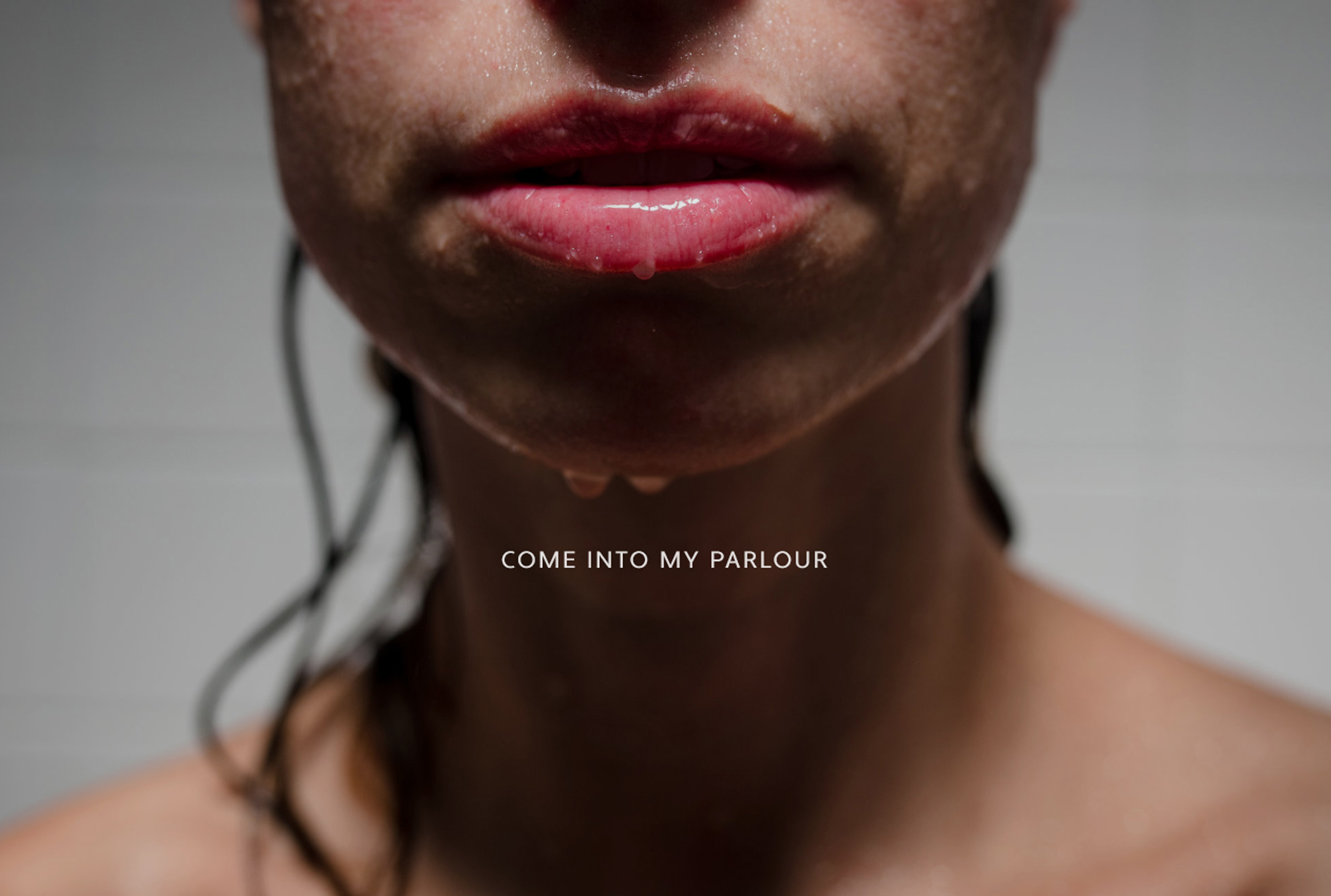Womanhood. Vulnerability. Healing. Value. Recognition. Seduction.
These words are at the centre of The Parlour Project: Spider, Fly and Web, the first collaborative initiative practiced by The Wolf Lab, founded by Amber Dawn Bellemare.
Bellemare, who studied communications and First Peoples studies at Concordia, is a former sex worker and is currently the program animator for the Truth, Healing and Reconciliation for the Canadian Unitarian Council (CUC). The CUC brings together followers of Unitarian Universalism who affirm the worth and dignity of every person. They value justice, equity, and compassion in human relations. They seek peace, respect, and acceptance of one another in a global community, or an “interdependent web of all existence of which we are a part”, according to their website.
The Parlour Project stems from these values. Her past documentary work focused on telling others’ stories, and this auto-ethnography will be the first time Bellemare focuses on her own, welcoming viewers into her parlour. The artist documented her health and wellbeing before and after rendez-vous’ with clients, which revealed a full range of emotions.
Seeking to create an immersive experience, the happening is part normal photography exhibition and part ceremonial performance. Bellemare hopes the project will deepen relationships and connections to the present moment, expanding the view of oneself to include others.
“The project is more profound than I initially thought it would be,” revealed Bellemare. “I was sexualized young, determining my value by my sexuality, a common experience shared among women… I wanted to redefine what dinner and a movie looked like.” Her work distills important aspects of the conversation about female sexuality. She found confidence in her vision and voice to heal and connect with others.
The full name of the project is derived from a poem by Mary Howlitt,
“Will you walk into my parlour?” said the Spider to the Fly. “‘Tis the prettiest little parlour that ever you did spy; the way into my parlour is up a winding stair, and I’ve a many curious things to show when you are there.” “Oh no, no,” said the little Fly. “To ask me is in vain, for who goes up your winding stair can ne’er come down again.” (The Spider and the Fly, 1828)
Bellemare said she always thought of herself as either the spider or the fly, depending on the circumstances. The spider, when she was luring or seducing. The fly, when she was submitting to clients or creating individual experiences for them. Only later did she come to recognize that the art of tease and seduction is necessary not only to the spider’s web, but the entirety of the trio; unapologetic, warm, and welcoming, creating sincere and vulnerable experiences throughout her life—not solely in her work.
Opening on Sept 19., you can experience The Parlour Project until Sept. 28 at 4035 St-Ambroise St., studio 206. Tickets are available online and cost $20 for general admission, $15 for students, seniors and sex workers, or $25 at the door. All showings are 18+. Please consult the Eventbrite calendar for opening times. The event will be filmed on weekends for documentation purposes.
Feature photo courtesy of the artist
